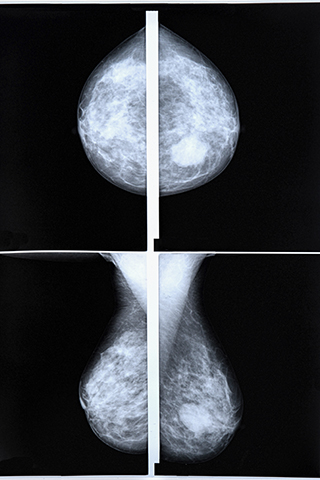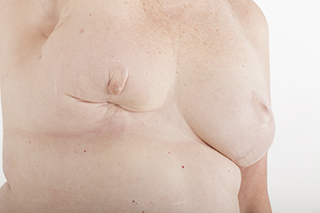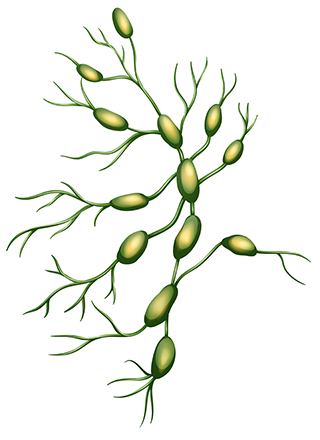Most women with breast cancer will require some sort of surgery as part of their treatment. Surgical options for breast cancer can remove the tumor, the affected breast, the other breast, or the lymph nodes, depending on the spread of the cancer.
Lumpectomy

The main surgical options for breast cancer used to remove the tumor are a lumpectomy and a mastectomy. A lumpectomy is the removal of only the tumor itself, along with some of the surrounding tissue, whereas a mastectomy is the removal of the entire breast. This procedure is also called “breast conserving surgery,” “partial mastectomy” or “quadrantectomy.”
A cancer patient who undergoes a lumpectomy usually requires radiation afterwards, and may require chemotherapy as well. In order to ensure that all of the cancer is gone, the surgeon will examine the edges of the removed tissue, called margins. If the patient has clear, or negative, margins, the patient can continue on to the next step of treatment. If the patient has positive margins, the surgeon will need to repeat the surgery to remove more tissue in a surgery called re-excision.
Depending on the amount of breast tissue removed, a lumpectomy may leave the breast looking different than it did originally. A patient may choose to undergo reconstructive surgery either during or after the lumpectomy.
Mastectomy

There are several different types of mastectomies, or breast removal surgical options for breast cancer. The standard type of mastectomy for treating breast cancer is a simple mastectomy, in which one or both breasts are removed entirely, including the nipple and all breast tissue. In a skin-sparing mastectomy, most of the skin over the breast is left intact, although the nipple and areola are removed. This is ideal for those who intend to reconstruct the breast soon after the surgery. In a nipple-sparing mastectomy, the nipple and areola are left intact. This is only an option for women who have a very small cancerous area far from the nipple. Because some tissue is left in the nipple area, women who have a nipple-sparing mastectomy are at a slightly higher risk of a cancer recurrence and those who had a simple or skin-sparing mastectomy.
Lymph Node Surgery

There are two main types of surgery that check the lymph nodes to determine whether the cancer has spread to them. In an axillary lymph node dissection (ALND), ten to forty lymph nodes are surgically removed and examined for signs of cancer. Although an ALND is a relatively safe procedure, it does have some side effects. Therefore, surgeons often opt to begin with a sentinel lymph node biopsy (SLNB), in which the surgeon uses a radioactive dye to find the sentinel lymph node, or the first lymph node to which a tumor would likely spread. The surgeon would then remove that lymph node surgically and check it thoroughly for cancer. There are often two or three sentinel lymph nodes, in which case all of them would be removed during this procedure.
Reconstructive Surgery

After a mastectomy or some lumpectomies, the patient may decide to rebuild the breast for aesthetic purposes. Options for reconstructive surgery include immediate or delayed reconstruction. The patient could also choose from several materials that could fill the new breasts, such as saline, silicone gel, cohesive gel (colloquially called “gummy bears”), or even the patient’s own tissue from elsewhere on the body. Reconstructive surgery does carry risks, however, and may need to be repeated over the course of the patient’s life.
Keywords: mastectomy, lumpectomy, reconstructive surgery, surgical options for breast cancer
